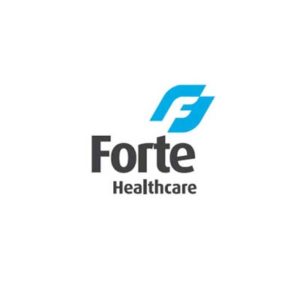Product Ref: FOANI02 Category: A

Royal Mail Tracked 24 (Signed For)

Royal Mail Special Delivery Guaranteed by 1pm

| Category | POM-V |
| Temperature | Ambient |
| MA/VM/EU No: | 24745/4015 |
| Species |
|
| VMD Link | https://www.vmd.defra.gov.uk/productinformationdatabase/product/A008022 |
| NOAH Link | |
| Dosage | 4.9 Amounts to be administered and administration route Cattle: Single subcutaneous or intravenous use at a dosage of 0.5 mg meloxicam/kg body weight (i.e. 2.5 ml/100 kg body weight) in combination with antibiotic therapy or with oral re-hydration therapy, as appropriate. Pigs: Single intramuscular use at a dosage of 0.4 mg meloxicam/kg body weight (i.e. 2.0 ml/100 kg body weight) in combination with antibiotic therapy, as appropriate. If required, a second administration of meloxicam can be given after 24 hours. Alternating injection sites are recommended. Horses: Single intravenous use at a dosage of 0.6 mg meloxicam/kg body weight (i.e. 3.0 ml/100 kg body weight). 4.10 Overdose (symptoms, emergency procedures, antidotes), if necessary In the case of overdosage symptomatic treatment should be initiated. |
| Withdrawals | 4.11 Withdrawal period(s) Cattle: Meat and offal: 15 days Milk: 5 days Pigs: Meat and offal: 8 days Horses: Meat and offal: 5 days Do not use in horses producing milk for human consumption. |